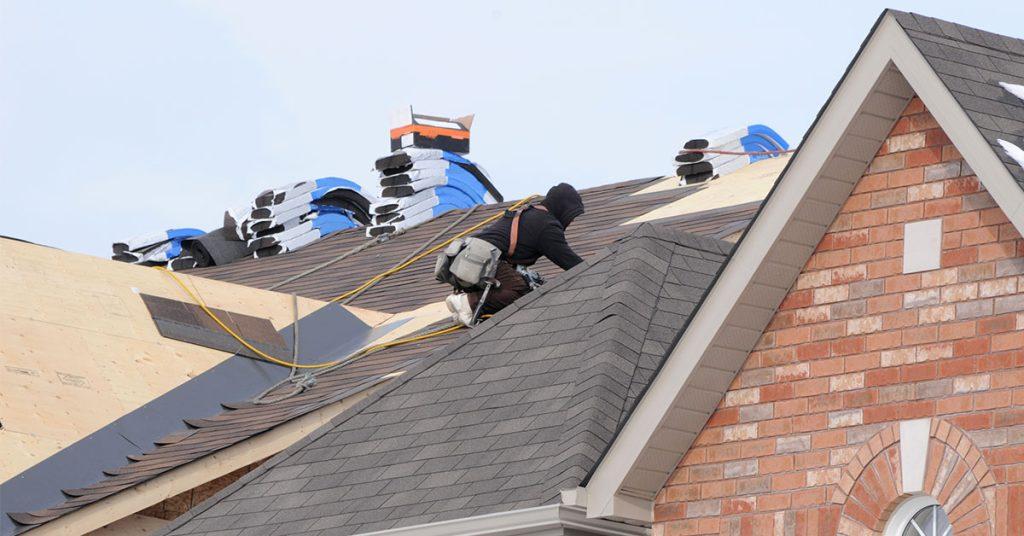Replacing a roof is a significant undertaking for any homeowner, and timing can be a critical factor. Many homeowners wonder whether it’s possible to replace a roof in the winter months. In this article, we will explore the feasibility of replacing a roof during the winter, the challenges it may present, and the steps you can take to ensure a successful winter roof replacement.

The Feasibility of Winter Roof Replacement
1. Temperature Considerations
The primary concern when it comes to winter roof replacement is temperature. Cold weather can affect the installation of roofing materials, including shingles and underlayment. Extremely low temperatures can make these materials brittle, which can lead to cracking, tearing, or improper sealing.
2. Snow and Ice*
Snow and ice can create additional challenges during a winter roof replacement. Accumulated snow and ice on the roof can make it dangerous for workers and may need to be cleared before work can begin.
3. Shortened Work Days*
Winter days are shorter, which means there is less daylight for work. This can potentially extend the duration of the project and may require additional lighting.
Steps to Ensure a Successful Winter Roof Replacement
If you decide that a winter roof replacement is necessary, here are steps you can take to ensure success:
1. Choose the Right Materials*
Opt for roofing materials designed for cold weather installation. These materials are more flexible and less prone to cracking in low temperatures.
2. Hire Experienced Roofers*
Select a roofing contractor with experience in winter installations. Experienced roofers are familiar with the challenges and precautions needed for cold-weather projects.
3. Monitor Weather Conditions*
Keep a close eye on weather forecasts. Schedule the roof replacement during a period of relatively mild temperatures, if possible.
4. Snow and Ice Removal*
Before work begins, any snow and ice on the roof should be safely removed to create a secure work environment.
5. Roofing Underlayment*
Ensure the roofing underlayment is installed correctly and adequately to provide an extra layer of protection against moisture.
Benefits of Winter Roof Replacement
While winter roof replacement comes with challenges, it also offers some advantages:
1. Availability of Roofers*
Roofing contractors may have more availability during the winter months, which can lead to quicker scheduling and potentially lower costs.
2. Reduced Landscaping Impact*
With trees and shrubs in their dormant state, there is less risk of damaging landscaping during the roof replacement process.
Conclusion
Replacing a roof in the winter is possible, but it requires careful planning, the right materials, and experienced roofing professionals. While there are challenges associated with cold-weather installations, there can also be benefits, including faster scheduling and reduced landscaping impact. If you decide to move forward with a winter roof replacement, consult with a reputable roofing contractor who has experience in cold-weather projects. With proper precautions, you can ensure a successful roof replacement even in the coldest months of the year.



Leave a Reply